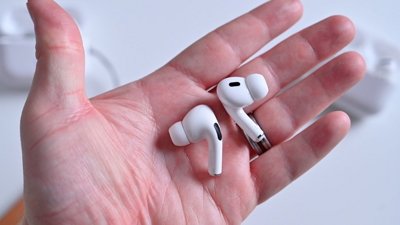Apple may not have been the first to make "true-wireless earbuds," but it has undoubtedly popularized and perfected them with AirPods. When the company revealed an iPhone without a headphone jack, it gave users a solution — a $160 set of Apple headphones.
The AirPods brand has evolved to become an entire product line ranging from affordable to ultra-premium. With the introduction of the AirPods 4, there are now two entry models, AirPods Pro 2, and AirPods Max in the lineup.
Previously, and still possibly for sale at a discount, there were the budget second-generation AirPods, the AirPods 3 with entry-level features, and the original AirPods Pro with more premium features. Apple updated AirPods Max with new colors and USB-C in 2024, but nothing else changed.
What makes something an "AirPod" is its Apple-first design and vertical hardware and software integration. In AirPods, the H1 and H2 chips lead to better battery life, "Hey Siri" or "Siri" support, better connectivity with low latency, and operating-system-specific integrations in software.
When a set of AirPods is near an iPhone or iPad, it will show up on the screen in a UI card for pairing and viewing battery life. Any device with a W1, H1, or H2 chipset is paired with the user's iCloud account and will fast-switch between devices when selected in the AirPlay menu.
If automatic switching is enabled, any time audio is played from a device, that device's audio output will switch to the user's active AirPods. However, this can also lead to frustrating experiences if a user did not intend this switch to occur. Users can set automatic switching to AirPods on a per-device basis.
When paired with any Apple product, various controls on AirPods are available from within the UI and Control Center. These include switching between Active Noise Canceling and Transparency mode, selecting Spatial Audio mode, and shared audio controls.
New AirPods rumors
AirPods Pro 3 likely aren't due until at least 2025 given the recent USB-C update. However, AirPods Max could get a chip upgrade at some point in the future, considering they still run the aging H1.
Rumors suggest Apple isn't actively developing AirPods Max 2. So, it could be some time before an update arrives, if ever.
AirPods Pro 3 are in development but there aren't any concrete rumors about a release window. These likely would continue the trend of adding health features to the earbuds. Signs point to heart rate detection or cameras.
Since Apple Intelligence requires powerful chipsets with large Neural Engines and significant RAM, there's no possibility of seeing on-device Apple AI in AirPods anytime soon. However, improvements in a potential H3 processor could improve language processing before passing requests to the iPhone's on-device models.
Software Updates
Find My AirPods was introduced in iOS 10.3, allowing a user's Apple devices, such as an iPhone, iPad, or Mac to keep tabs on the whereabouts of the tiny earphones. Utilizing the host device's positioning hardware, GPS, Wi-Fi, or other component packages, the connected device could tell a user where a missing AirPod was last seen.
iOS 13 and later allow a user to pair two sets of AirPods to one iPhone or iPad. This lets two people watch a movie or listen to music in tandem.
The latest versions of iOS also allow text-to-speech reading of messages from iMessage and third-party apps like WhatsApp. This lets users keep tabs on their messages when it isn't practical to look at their iPhones.
iOS 14 enables "auto-switching" of AirPods with an H1 chip, including all current models of AirPods and select Beats by Dre headphones. Alongside iOS 14, Apple launched a firmware update that added Spatial Audio to AirPods Pro.
iOS 15.1 adds improved Find My features, including a new Lost Mode and Find My network integration. Users who misplace their AirPods will see their device's location updated as other Apple devices on the Find My network pass nearby.
iOS 16 adds a new feature that uses the 3D dot projector to scan a user's ear and determine the best way to play back Spatial Audio through AirPods.
iOS 17 and software updates for every AirPods model add new features like press to mute, Adaptive Audio, improved Personalized Volume, and Conversation Awareness. Most new features are reserved for AirPods Pro 2.
iOS 18 revealed a new gesture that lets users shake their head no or nod yes to Siri. For example, Siri could announce an incoming call and you shake your head to decline.
Voice isolation is also included on AirPods, which will attempt to reduce noises that aren't the user's voice. These features require an H2 processor.
Apple Intelligence isn't coming to AirPods specifically, but it is coming to Siri on iPhone, which is controlled from connected AirPods. Users with Apple Intelligence features enabled on their iPhone, iPad, or Mac will have access to a more intelligent Siri that understands mid-sentence corrections and additional context.
While every new Siri with Apple Intelligence feature may not be ready until early 2025, some of the updates are already present in the iOS 18.1 beta.
One significant update for AirPods Pro 2 includes hearing health features. Users can take a hearing test, activate hearing protection for certain environments, or use the earbuds as hearing aids.
How to clean your AirPods
Apple's AirPods can get very dirty because they are worn in your ears and travel within your lint-filled pockets, so cleaning them regularly is a must. You don't need to douse AirPods in water or scrub them with abrasive materials. Instead, you need an AirPods cleaning kit or isopropyl alcohol.
It is quite easy to damage AirPods speakers and microphone grilles, so do not start poking around with sharp instruments, needles, or toothpicks to try and extract dried wax. A cloth with a dab of water or isopropyl alcohol may do the trick, but aged grime stuck on AirPods may need a better approach.
There are tools, like the one mentioned in the above video, with soft brushes and metal tips for cleaning hard-to-reach places on the AirPods that are sold for a relatively low price. These are not Apple-certified so use the tools at your own risk.
Read our tip for how to clean AirPods and the AirPods Charging Case or find out more about the best tool to safely clean your AirPods or AirPods Pro.
AirPods Pro 2
AirPods Pro 2 use the H2 processor for improved Active Noise Cancellation, Adaptive Transparency, and improved audio. They have Bluetooth 5.3 for a higher bandwidth connection.
The AirPods Pro second-generation use the same design but offer several new features. They include a new extra small earbud for a better fit, and the Charging Case has several quality-of-life improvements.
Active Noise Cancellation now blocks twice as much noise as before. Also, Transparency Mode gets upgraded with Adaptive Transparency, which samples sound at 48,000 times per second for instantaneous noise blocking.
Users can swipe on the stem for volume control. Also, the battery lasts six hours on a single charge.
The AirPods Pro Charging Case can be charged via Lightning, MagSafe, or Apple Watch charger. It has a speaker for Find My, a U1 chip for precise finding, and a lanyard hole for securing them to an object.
Apple introduced a new feature called Adaptive Audio during WWDC 2023 that only work in the AirPods Pro 2. It combines Transparency Mode and Active Noise Cancelation in a single mode that intelligently adapts audio based on surroundings and active conversation.
An updated set of AirPods Pro 2 were released in 2023 with a USB-C MagSafe Charging Case. They are nearly identical, but include a 5GHz radio for lossless audio playback from Apple Vision Pro.
The H2 in the new model can communicate directly with the H2 in the headset for the connection. The older AirPods Pro 2 with Lightning have an H2, but lack the 5GHz band.
Apple keeps adding new features for the H2 chipset. Users can nod or shake their head to answer Siri, like when an incoming call is announced or a message needs a reply.
AirPods Pro 2 will get a set of new hearing health-focused features later in 2024, which have already been approved by the FDA. A hearing protection mode, hearing test, and hearing aid feature have been announced.
AirPods 4
There are two tiers of AirPods 4 meant to replace both the bottom tier, discounted gen 2 AirPods still for sale and the mid-tier AirPods 3. They share most of the same base functions, but the more expensive AirPods 4 gain ANC and charging case upgrades.
The AirPods 4 take on the small AirPods 3 design with no changes. The higher-priced model gets a speaker for Find My in the charging case, plus the case supports MagSafe and Qi.
The cheaper model charges only over USB-C and doesn't have a speaker in the case. It lacks ANC, Transparency, and Conversation Awareness that are available in the higher priced model.
AirPods 3
The third generation of AirPods takes on a new design that mimics the AirPods Pro. The shorter stems on the newest AirPods have pressure-sensitive controls for pausing audio and summoning Siri. The earbuds are bulbous and direct sound into the ear.
Apple implemented a few AirPods Pro features into its new mid-tier earbud. For example, these have Adaptive EQ, which has customized audio adjusted in real-time based on the listener's ear shape and earbud fit.
Apple also made the new AirPods water-resistant. That means sweat and rain won't damage the earbuds, but they still aren't optimized for anything more intense.
The battery life of each earbud is now six hours. The charging case can fully recharge the earbuds four times, leading to 30 hours of use. Five minutes of charging enables one hour of use.
The charging case is also capable of wireless charging and can be placed on a MagSafe Charger. Magnets lock the charging case in place but still charge at the same rate as a Qi charger.
The third-generation AirPods cost $179 and are available in white. A new fourth-generation set could introduce multiple tiers to create a better price ladder.
Review
AppleInsider scored the third-generation AirPods a 4 out of 5. The new features and design in the newest AirPods are worthy upgrades to Apple's wireless earbuds, but they occupy a strange place in the lineup.
Design
The earbuds themselves are a cross between the original AirPods and the AirPods Pro design. The stem is shorter and has a more bulbous earpiece, but there aren't silicone tips for a custom fit. Apple heralds the design as a "universal" fit, but your results may vary.
The charging case is squatter than the original case but not as wide as the pro case. It ensures four additional charges are available to your AirPods when not in use, however.
We liked that the charging case can magnetically attach to MagSafe Chargers. The extra security of that grip ensures the wireless charger is aligned and makes charging the case less of a hassle.
Sound
The sound quality is improved when compared to the second-generation model. There are other wireless earbuds in the $180 price range with better sound quality, however, and the AirPods Pro isn't that much more expensive when found on sale. Even the Beats Fit Pro seems to have a better bass-heavy sound with changeable ear tips and ANC modes for $20 more. Audio quality and style will be a personal choice, so there are options for users within Apple's ecosystem if AirPods don't quite cut it.
Spatial Audio with dynamic head tracking is an interesting feature that won't appeal to everyone. We've enjoyed listening to Dolby Atmos music and viewing movies via Apple TV with this option enabled, but the feature can be turned off for those seeking a more traditional listening experience.
Overall Value
As a set of AirPods, these are the obvious choice for those seeking the latest and greatest feature set while avoiding the complications of exchangeable ear tips or ANC modes. AirPods 2nd generation are still for sale at a much lower price point, so those may be a better choice if budget is a concern above all else.
In the $150 to $200 range, there are many earbuds and headphones a user can pick from, several of which are Beats earbuds with Apple's proprietary H1 processor. This means the customer will have to decide based on fit, finish, and sound reproduction — all of which are personal decisions.
Pros
- Improved audio quality
- Smaller stem
- Force stems replace the fickle tapping controls
- MagSafe charging case is wonderful
- Smaller stems look better while wearing
- Very comfortable
- Adaptive EQ tunes audio automatically
- Spatial Audio with head tracking is great for movies, sometimes audio
- IPX4 resistance helps for workouts or weather
- Skin detection sensor helps prevent audio starting inadvertently
- Battery life is fantastic
Cons
- No tight seal in your ears
- Case still scratches easily
- Hard market position between second-generation AirPods, AirPods Pro, and new Beats
- No color options
AirPods Max
The AirPods Max is Apple's first over-the-ear headphones. They use the proprietary H1 chip and include Adaptive EQ, Active Noise Cancellation, Transparency Mode, and Spatial Audio.
Apple is shipping the over-ear headphones in five colors: space gray, silver, sky blue, green, and pink. The unique design aims to achieve ultimate comfort while remaining easily identifiable as an Apple product.
AirPods Max introduced Adaptive EQ to the line, adjusting audio based on the ear-cup seal and sound within the headphones. It measures the sound signal and adjusts the low and mid-frequencies in real-time. Apple's goal is to use real-time data to provide richer and more detailed audio.
Spatial Audio with Dolby Atmos support enables music to surround the listener when properly formatted for the feature. Thanks to further updates to the format, users can use the gyroscopes in the AirPods Max to move their head within the sound as of iOS 15.
AirPods Max were updated with a USB-C port and nothing else in 2024. A true second generation with an H2 processor could still arrive at any time.
Review
AppleInsider scored the AirPods Max 4 out of 5. Its integration into Apple's ecosystem, premium design, and good quality audio add up to justify the $550 price point, but just barely.
Design
We believe the AirPods Max have one of the most bespoke designs ever created for a set of headphones. The stainless steel headband is coated with a soft-touch material similar to silicone. The canopy is made of a proprietary mesh that lets the headband rest atop your head while evenly distributing weight.
The steel and aluminum construction, the internal batteries, and everything else add up to a heavy set of headphones. At 14 ounces, these weigh more than competitors', which are usually nearly half the weight. However, we've worn AirPods Max for many hours, and the weight hasn't been an issue.
Of course, weight feel and tolerance of that weight will vary from person to person. Accessories and third-party earpad options will let users customize the fit and weight distribution of the headphones as they see fit.
The Case
Apple chose design over function for the AirPods Max case. While other AirPods have charging, pairing, and other functions built into their case, this one is a simple piece of fabric with magnets.
Customers and pundits alike have had rather visceral reactions to the case, and while we don't hate it, we believe it could be better. Apple seems to have chosen a form factor for the sake of being different, which sacrifices functionality and practicality.
The fabric cover does little to protect the expensive headphones and offers only one essential feature — low-power mode. A magnet within the case activates a low-power sleep function of the AirPods Max that keeps them from pairing to devices. After 18 hours of being in this state, Bluetooth and Find My is disabled entirely.
Third-party cases can build in this functionality, so those who dislike this case can find one that fits their needs. We didn't mind some aspects of the case, like having the headband exposed. This makes them easier to grasp when taking them out of your bag and takes up less space when packing.
Our biggest critique of the case is its lack of protection for the ear cups. The soft aluminum casing seems to be the most vulnerable part of the AirPods Max, yet the case barely protects it. We'd be happier if Apple made a case that completely encased the ear cups.
Sound modes
The Active Noise Cancellation for AirPods Max is easily best-in-class and performs much better than the AirPods Pro. The larger drivers, ear isolation, and additional microphones make the ANC perform great compared to other models.
The Transparency Mode is also quite good, though we ran into a few shortcomings during our tests. This mode allows external noise to be passed through the headphones into your ears, so things like vehicles passing by or people's voices can get through. While Transparency Mode works great in most conditions, high-pitched noises and subtle rustling can creep through, and there's no way to fix this.
The effect of watching properly mixed media can be pretty jarring for first-timers on AirPods Max. Thanks to the Spatial Audio with head tracking feature, central channel audio will always sound like it is coming from the device, like your iPad. This makes it seem like your headphones aren't working since it sounds like the audio is playing from the device speakers.
When listening to multi-channel content, especially content mixed in Dolby Atmos, this effect expands to surround you. So, if a sound is coming from your left during a video, you can physically turn your head and "face" the sound.
Since our review, Apple has added the ability to listen to Apple Music in Dolby Atmos. The same head-tracking effect will occur when enabled and let users move their heads through the music audio.
Audio Quality
We were underwhelmed by the audio produced by Apple's ultra-premium headphones. While the audio is pleasing and improves at higher volumes, audiophiles and those expecting $550 sound will be disappointed.
Apple built these headphones to offer premium sound and a range of features to cater to its customers. The combination of technology and premium materials pushed the price higher, not the audio fidelity. However, we believe the average consumer will be fine with the sound produced.
Overall Value
Those who want premium headphones deeply integrated with Apple's ecosystem will find value in the AirPods Max. They are above average and compare favorably to popular consumer choices in the $350 range, but it is difficult to justify the higher $550 price tag.
We believe the price is worth it, however, and Apple users will enjoy all the deeply integrated experiences. Customers shouldn't be buying these based on sound quality alone, but the feature set, build quality, and sound as a whole.
Pros
- Excellent, premium design
- Dual H1 chips for audio processing, range, and signal robustness
- Extremely comfortable
- Deep iOS integration
- Spatial audio is killer
- Better than average audio
- Good battery life
- Excellent ANC
- Solid physical controls
Cons
- The case — enough said
- Controls are easy to bump when removing the headset
- Audio quality could be better
- Transparency mode harsh on highs
- No aux cable included and Apple's is expensive and fragile
AirPods Pro (1st generation)
In 2019, Apple introduced the AirPods Pro – a new high-end version of Apple's earbuds. While they look similar, the pro-level earphones have silicone ear tips that allow noise isolation and customizable wear.
Features include Active Noise Cancellation, a new touch-control system, and a Transparency Mode that allows users to mix ambient noises with audio from the user's device.
This model has similar battery life to the previous generation, though using Active Noise Cancellation will reduce that somewhat. They utilize the same H1 chip, enabling quick switching between devices and "Hey Siri" voice commands.
Apple added Spatial Audio to the AirPods Pro in a September 2020 firmware update alongside iOS 14. The feature uses accelerometers and sensors to determine which direction sound should be coming from. It supports Dolby Atmos and multiple-channel surround sound up to 7.1 channels.
The update also included automatic device switching when users start playback from different devices. Users can turn off automatic switching on specific devices to make the experience more useful.
Review
AppleInsider scored the AirPods Pro 4.5 out of 5. The improved audio quality, ANC and Transparency modes, and sweat resistance make this an obvious choice for anyone looking for a truly wireless earbud. Still, existing AirPods users may not need to make the jump.
Fit and Audio Quality
When testing the AirPods Pro, we knew we wanted only a few things to justify the upgrade from the standard model. First and foremost was a more secure fit.
We hit the gym and tested our everyday routines with the AirPods Pro in our ears. To our surprise, we made it through an hour and a half without a single earbud coming free.
Apple includes three sizes of ear tips with your purchase, so you have some choice out of the box. We'd have preferred more size choices but appreciated the ear tip fit test that told us if our fit was secure enough and the sound wasn't bleeding out.
Speaking of sound, the quality was excellent. While it isn't audiophile quality or able to compete with over-the-ear cans, the sound was enough for us to say "wow."
ANC and Transparency Mode
Active Noise Cancelling came in handy in some situations, but we feel that we're not using it as much as others may. The sound mode we defaulted to most was Transparency Mode.
Being able to hear your environment, hold conversations, and move around safely with Transparency Mode active made this one of our favorite features. The sound felt more natural when compared to the noise blocking ANC mode.
Overall Value
We feel that customers will fall into one of three camps when shopping for AirPods Pro — existing AirPods users, new users, or budget-concerned users.
If you're looking at the AirPods without the wireless charging case, then the $100 price jump is difficult to justify. Those whose priority is the price should look to Apple's cheaper models. However, if you're at all tempted by the AirPods with wireless charging case, then the $50 price bump is a no-brainer.
Existing AirPods owners will be the most difficult to convince. The customizable fit, better audio quality, and water resistance may be enough to justify an upgrade, but only just.
Pros
- Smaller design
- Much better audio quality
- Great ANC
- Transparency mode is outstanding
- Stay in much better
- Work with Audio Sharing
- Announce messages with Siri is particularly useful
- Water/sweat resistant
Cons
- Needs more granular ear tips
- Force sensors are awkward to use
- Charging case is awkward
- Higher price tag and no price decrease on second-gen
AirPods (original)
2nd Generation
Apple launched the second-generation AirPods in March 2019, with the first hardware update providing a host of new features that improved Apple's earbuds.
Swapping out the W1 chip for the H1 processor means second generation AirPods are twice as fast when switching between active devices and one-and-a-half times faster for phone calls, with 30 percent lower gaming latency. The H1 chip in the second generation AirPods included support for hands-free "Hey Siri" functionality, allowing users to control volume and swap songs via voice commands, so owners of this version don't have to tap the earphones with a finger to activate Siri.
Beam-forming speakers work in tandem with accelerometers to detect vibrations in a user's skull, giving AirPods improved background noise reduction. Tap gestures let users change tracks or volume and activate Siri if one doesn't want to use "Hey Siri." A separate voice accelerometer kicks in to block ambient sound.
AirPods provide up to five hours of battery life when listening to music, and the case provides an additional 24 hours of use. The addition of the H1 chipset increased talk time an entire hour to three total. According to Apple, popping them in their case for 15 minutes yields more than three hours of playtime.
Second-generation AirPods use Bluetooth 5, which improves stability and range, especially on newer iPhones.
In addition to a new processor chip and Bluetooth 5, the second-generation earphones also add a new Wireless Charging Case. The Wireless Charging Case is compatible with any Qi-enabled charging mat. Users can also purchase it separately for $79 to upgrade the first-generation AirPods.
When opening the Charging Case, the earphones inside automatically connect to a nearby device. Using built-in sensors and an accelerometer, they can detect when they are in-ear, playing, and pausing audio accordingly.
1st Generation
Phil Schiller, Apple's former SVP of Worldwide Marketing, debuted the AirPods on stage at the September 2016 iPhone event that debuted the iPhone 7 and Apple Watch Series 2. Inside the AirPods is Apple's custom W1 wireless chip, which affords a fast and robust connection while allowing for five hours of use.
Apple had filed its first AirPods-related patent in June 2015. The primary motivation for creating an all-wireless earbud was the headphone jack and the desire to remove it.
“We’ve got this 50-year-old connector — just a hole filled with air — and it’s just sitting there taking up space, really valuable space," said SVP of Hardware Engineering Dan Riccio. “It was holding us back from a number of things we wanted to put into the iPhone. It was fighting for space with camera technologies and processors and battery life. And frankly, when there's a better, modern solution available, it's crazy to keep it around.”
The additional space allowed Apple to more easily install the Taptic Engine that powers the solid-state iPhone 7 home button; include bigger batteries; and remove a key point of liquid ingress, permitting the company to meet the IPX7 water-resistance specification. The AirPods went on sale in December 2016 and started shipping later that month.
Since their debut, Apple's AirPods have made a sizable impact on the wireless headphone market, with the audio accessory reportedly capturing more than a quarter of the market by early 2017.
Review
AppleInsider scored the first generation AirPods 5 out of 5 stars. The update added more features to an already near-perfect set of earbuds.
Audio
Audiophiles will tell us that there are better-sounding headphones out there, but we won't care. In our testing, we found the audio of Apple's truly wireless earbuds to be great and an improvement over the first-generation model.
The louder volume and better audio quality make for great sounding headphones in a compact form factor. Combine that with Apple's integration into its device ecosystem, and you'll have trouble finding something that matches these earbuds feature-for-feature.
Siri
A game-changer is the ability to summon Siri with the "Hey Siri" command rather than a double-tap. Having hands-free Siri at our beck and call enabled us to interact with the assistant more frequently and more accessible than ever.
Apple also sped up the interaction to belt out your entire command without waiting for the "beep" to indicate Siri was listening. While this leaves you wondering if it heard you correctly, it does make each interaction faster and smoother.
Siri isn't without its downfalls, however. The "Hey Siri" command will activate any device within listening range, and the devices will poll who is meant to answer based on several metrics. While this polling works, it isn't foolproof, and we've had a HomePod and AirPods respond to the same command.
AirPods versus other earbuds
The third-generation AirPods are Apple's latest earbuds meant to have the largest market appeal thanks to a mix of features and a decent price point. AppleInsider has compared each of Apple's earbuds with each other and the competition, and this is what we've discovered.
AirPods versus AirPods Pro (1st generation)
The third-generation AirPods may offer a handful of new features and a pro-like design, but it becomes difficult to choose when you consider AirPods Pro. Fit, sound modes, and battery life will be the biggest deciding factors for customers.
If you're in the market for new true wireless earbuds and don't need fancy features like ANC or Transparency Mode, then you'd be well served by third-generation AirPods. They are cheaper and have Adaptive EQ and Spatial Audio like AirPods Pro.
However, those who want a more custom fit, sound isolation, and ANC modes will want the AirPods Pro. As a bonus, these earbuds have been on the market for over two years, which means sales will drive the price down within dollars of the standard AirPods.
Read the spec breakdown and more feature differences in our full comparison.
AirPods vs Beats Fit Pro
When considering third-generation AirPods versus the Beats Fit Pro, the same considerations have to be made when comparing AirPods Pro. The Beats Fit Pro have a different, more custom fit, with ANC modes and different battery life.
The Beats Fit Pro are $199, have a slightly "cheaper" plastic feel, and use the Beats brand signature sound programming. However, they are more friendly with Android devices thanks to a dedicated app experience, so switching between an iPad and an Android phone is much more seamless than with AirPods.
The charging case for the Beats Fit Pro is much larger than the AirPods case but only provides up to 24 hours of the total charge to the earbuds. AirPods get 30 hours total when using the charging case.
Customers also get color options with the Beats Fit Pro, while AirPods are only available in white. Beats Fit Pro are available in Beats White, Beats Black, Sage Gray, and Stone Purple.
Read the spec breakdown and more feature differences in our full comparison.
3rd generation AirPods versus 2nd generation AirPods
Those who have a budget in mind above all else will buy the second-generation AirPods, but the decision isn't quite so clear if the price isn't your only consideration. The third-generation AirPods are a solid upgrade and have a price right between the previous models.
The new features like Spatial Audio with head tracking and improved water resistance will appeal to most customers. This is especially Audio quality has improved too, but the fit has changed. Even if the original version fits your ears, the new more-bulbous design may not.
Battery life improvements are also a big gain for those considering the third-generation model. Also, there are no ANC modes to complicate battery life, the earbuds simply get six hours of listening time when in use.
Read the spec breakdown and more feature differences in our full comparison.
AirPods Pricing
AirPods with standard charging case cost $129. The third-generation AirPods model is $179, and the AirPods Pro 2nd genration ring up for $249. AirPods Max cost a premium of $549.
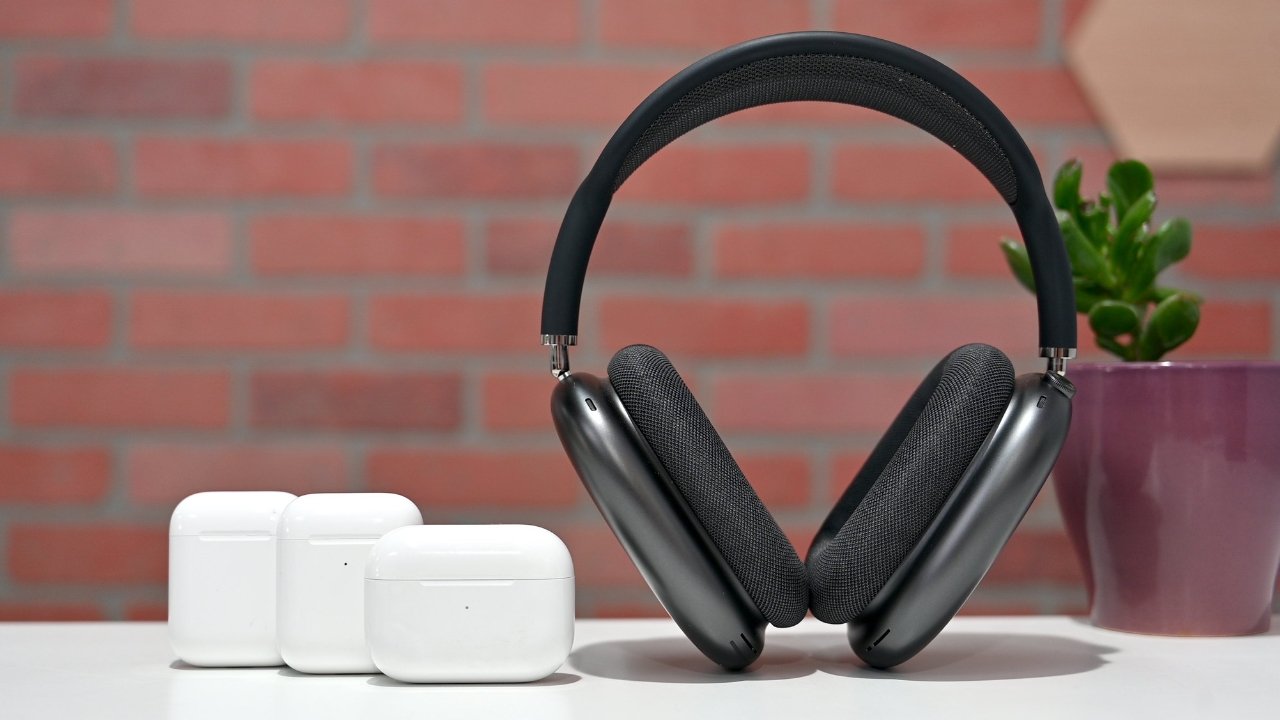
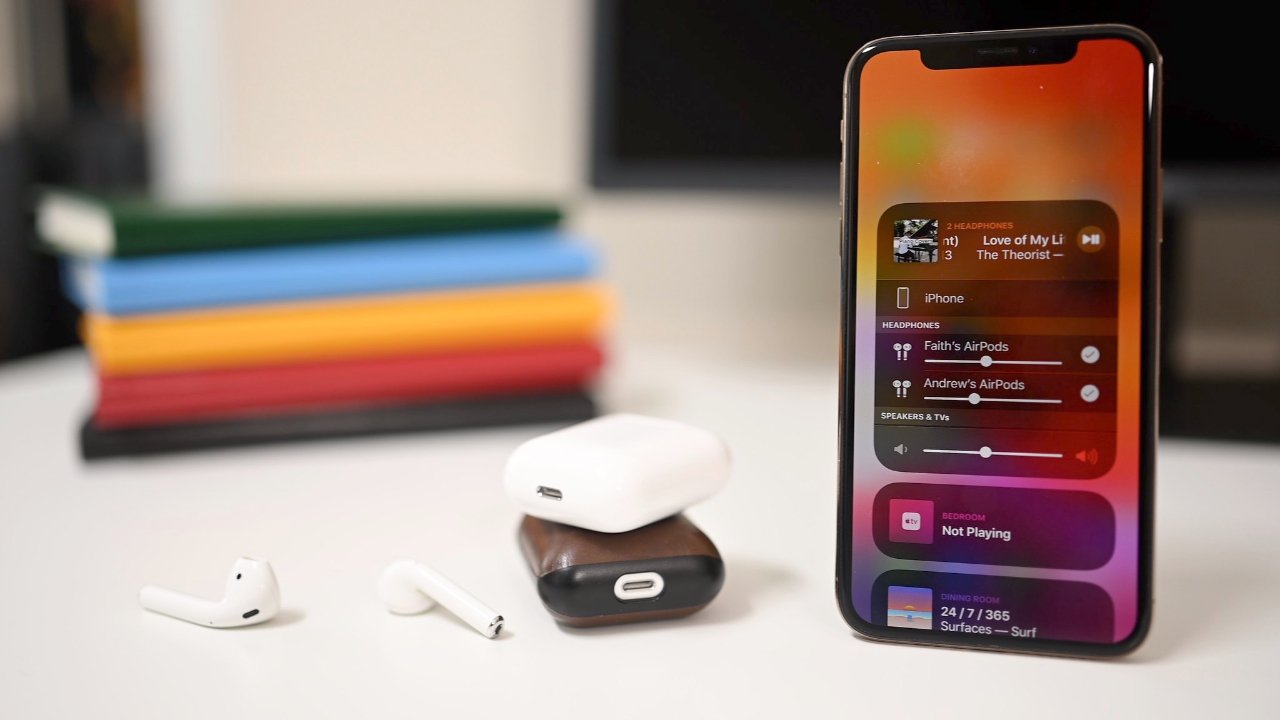
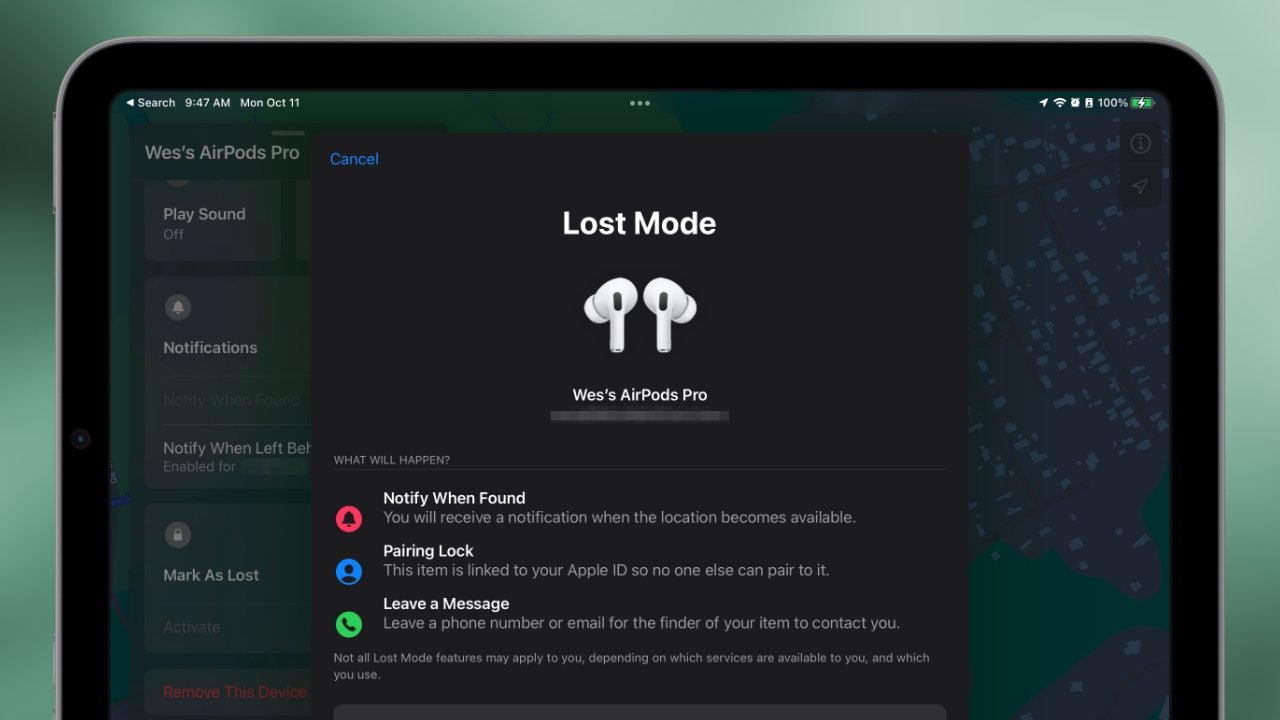
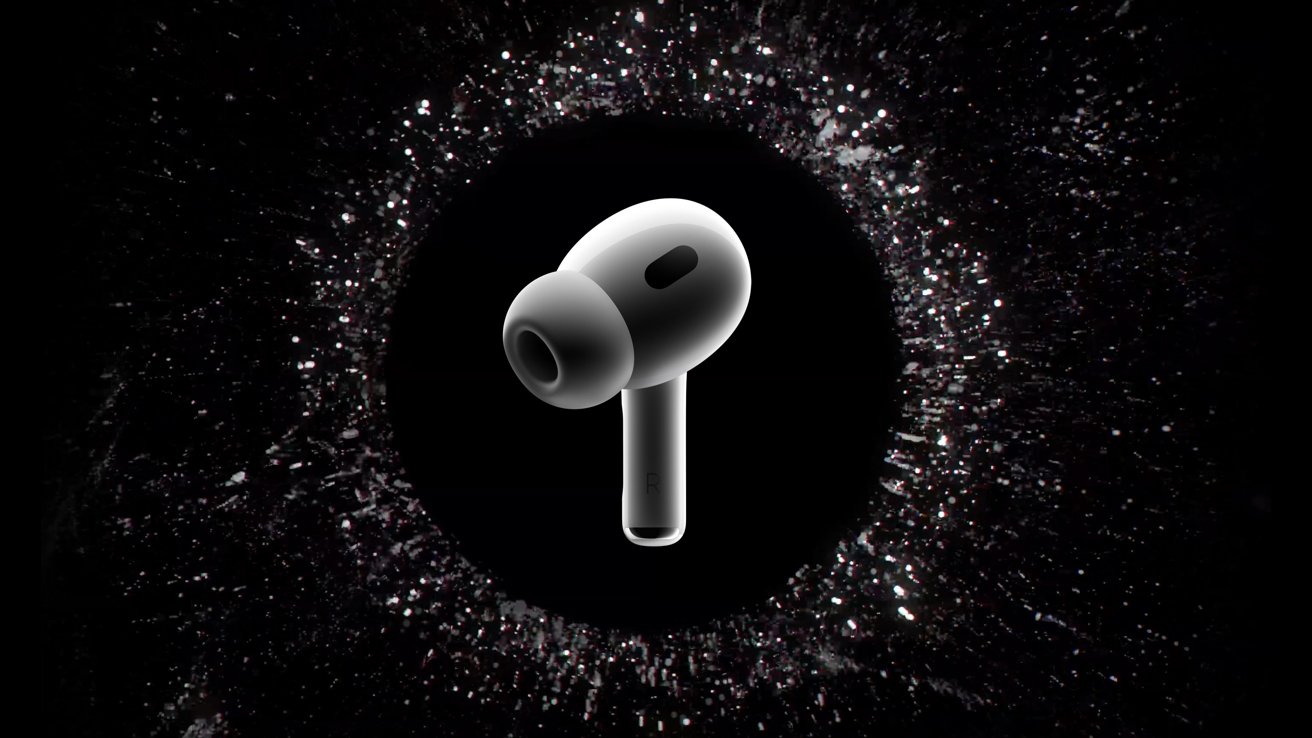
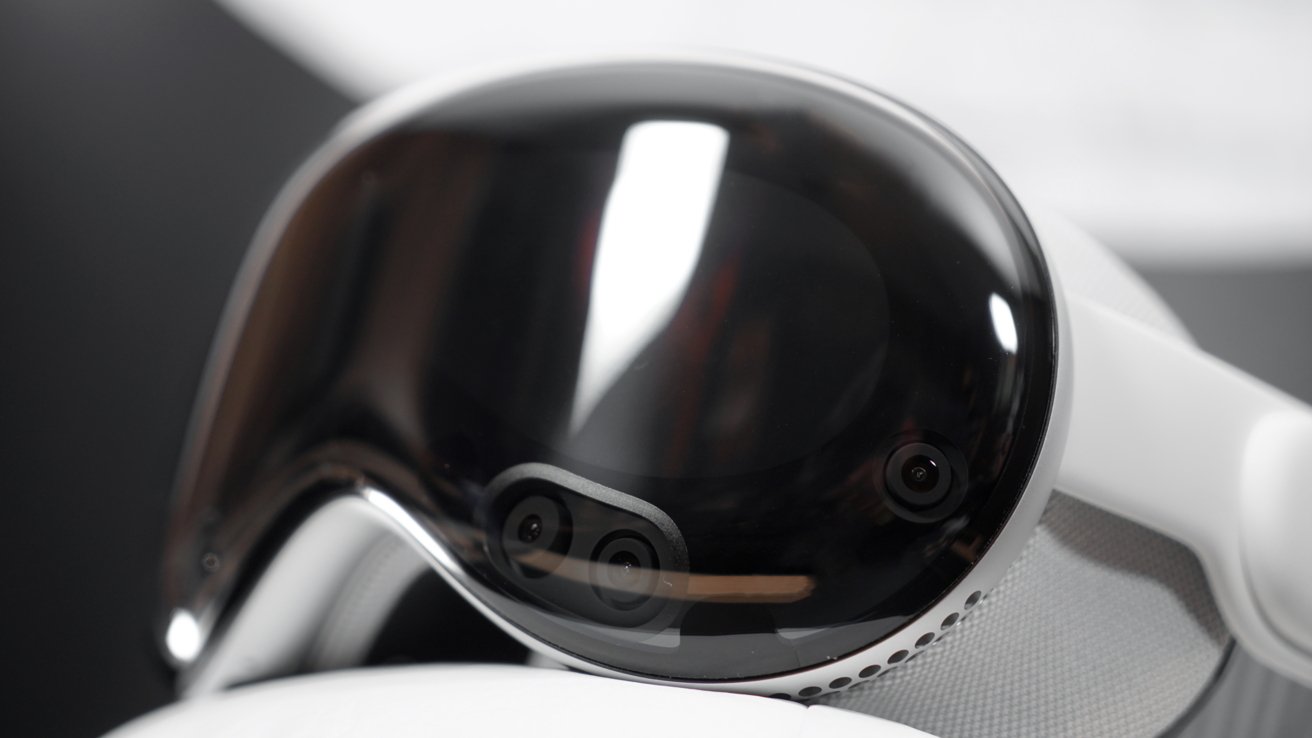
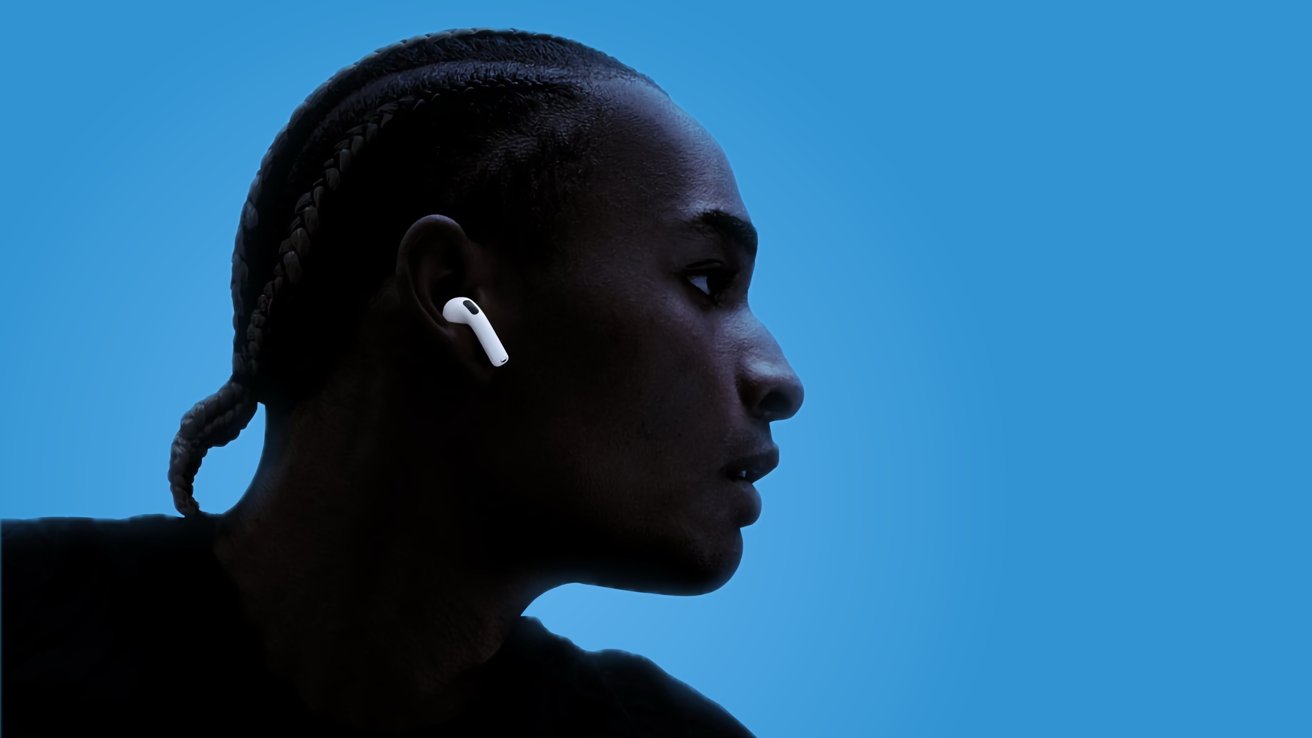
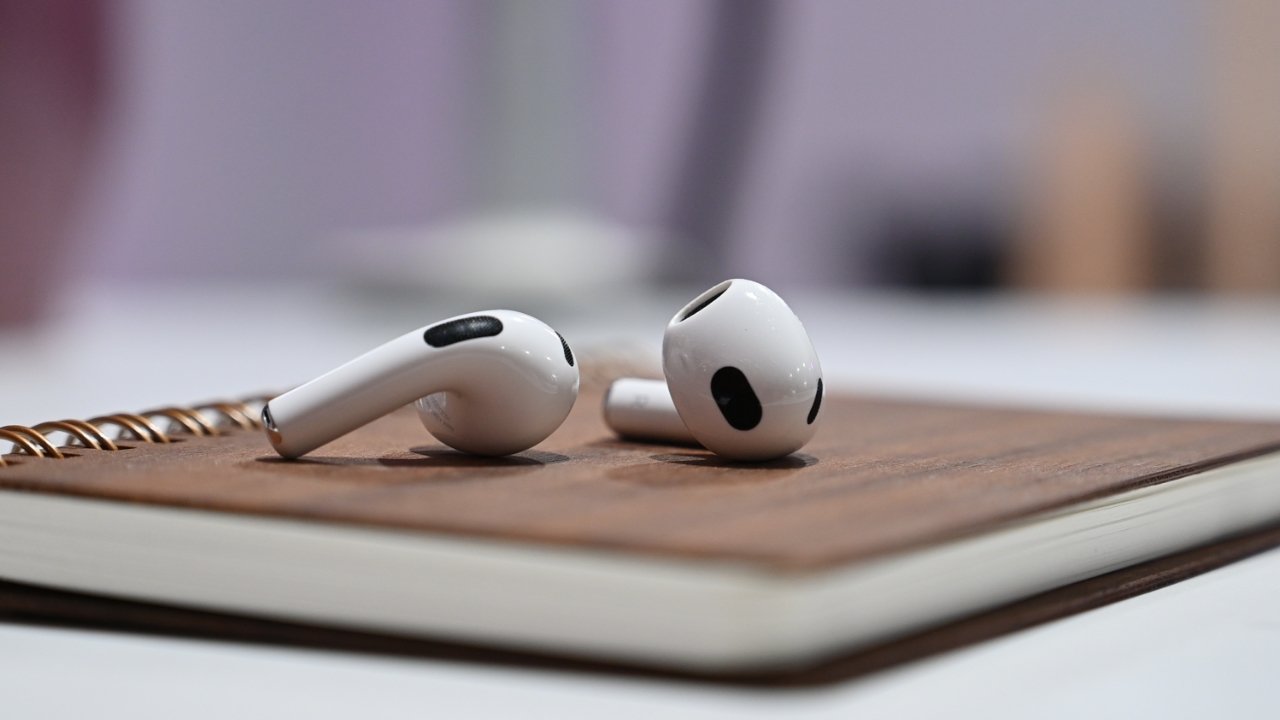
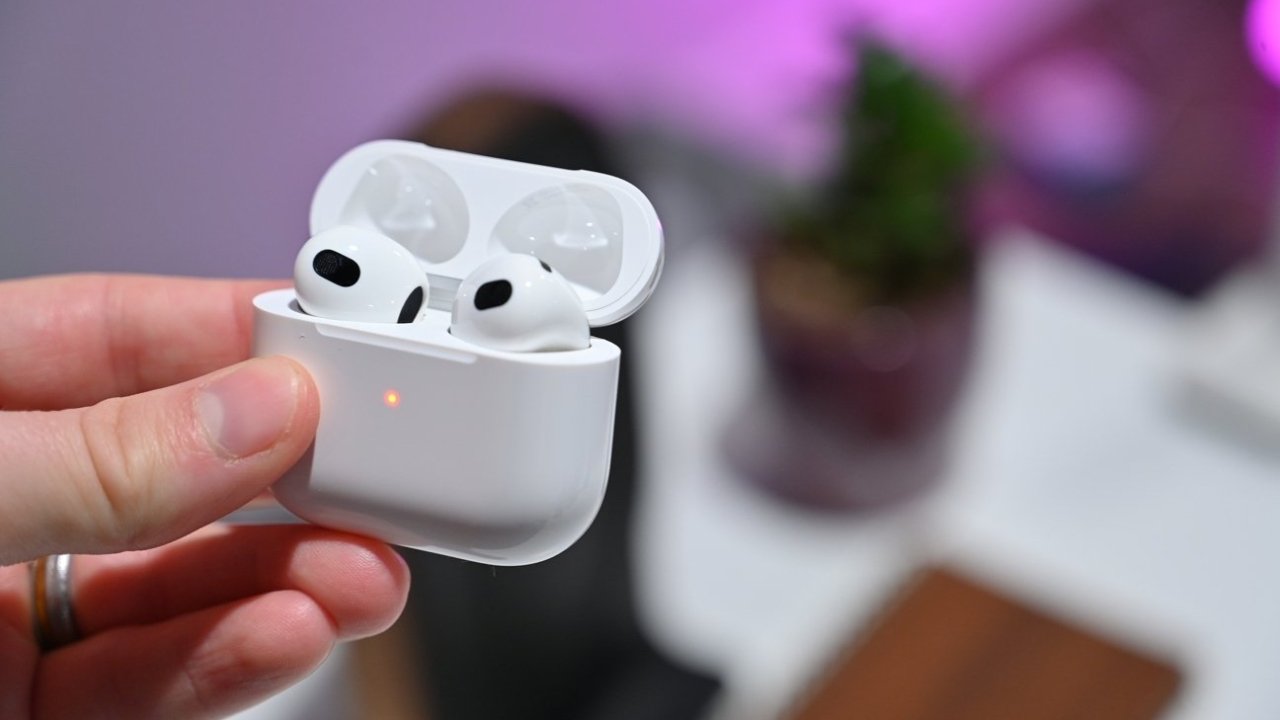
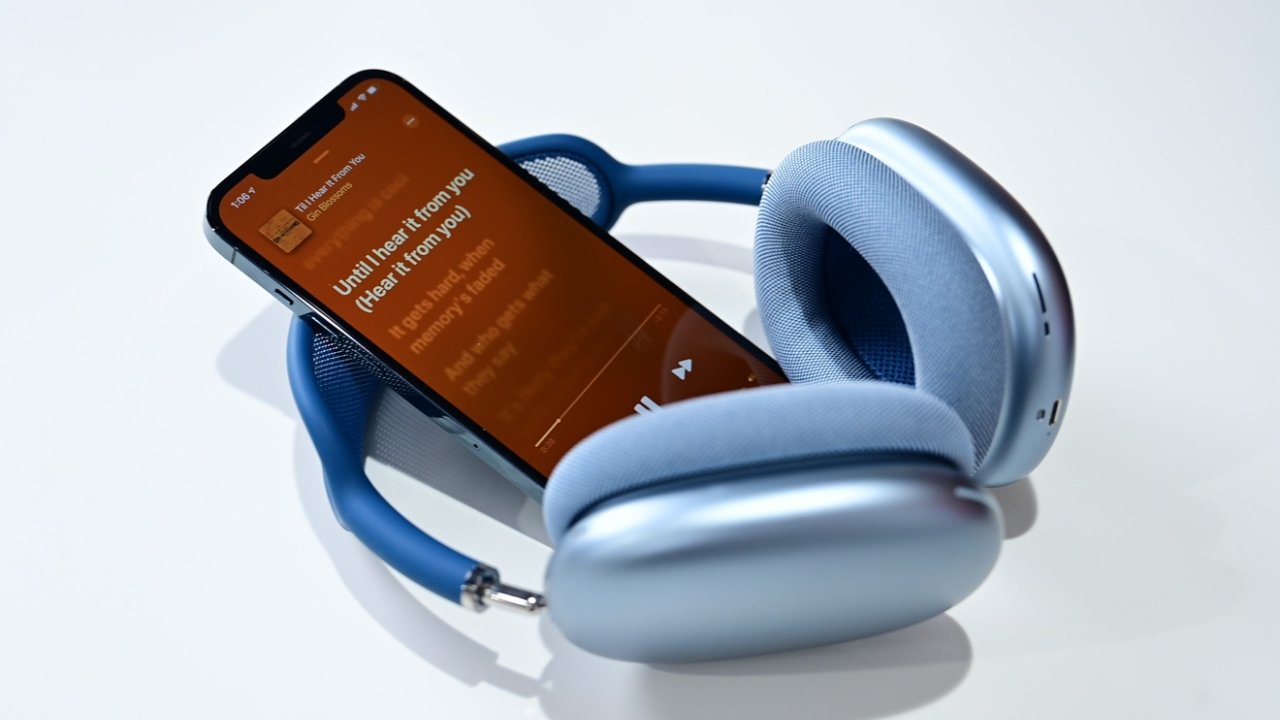

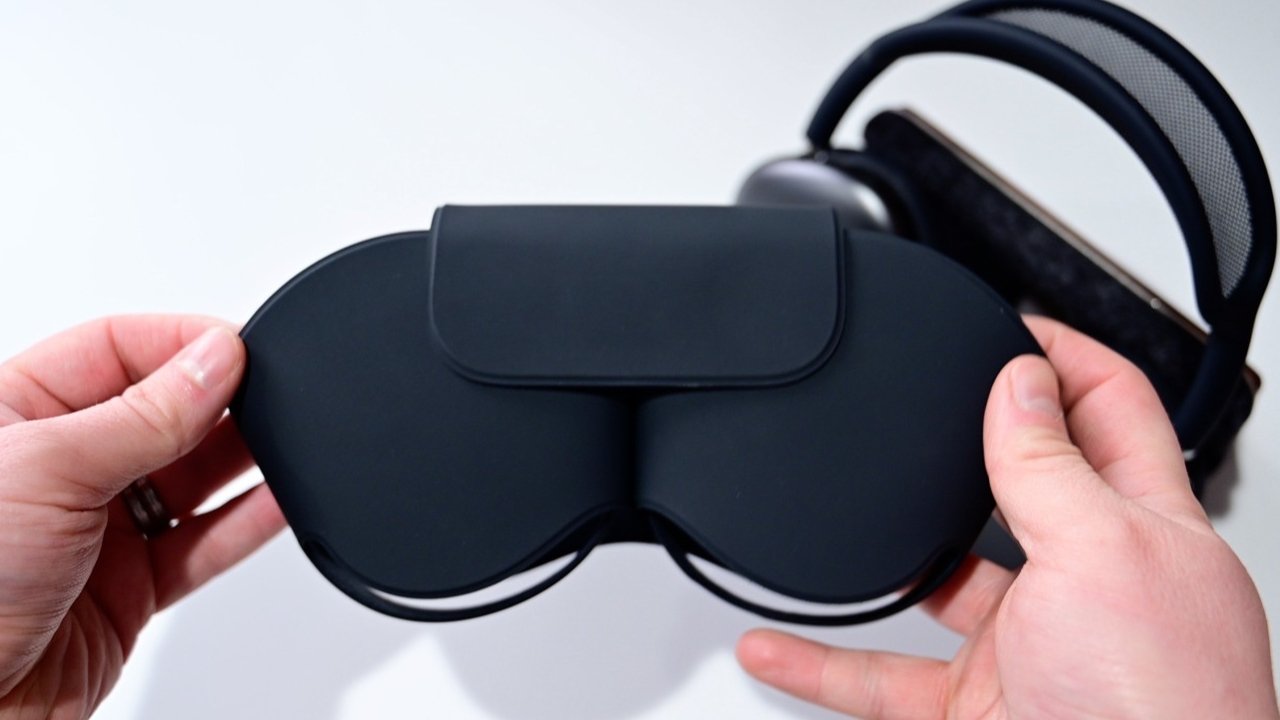
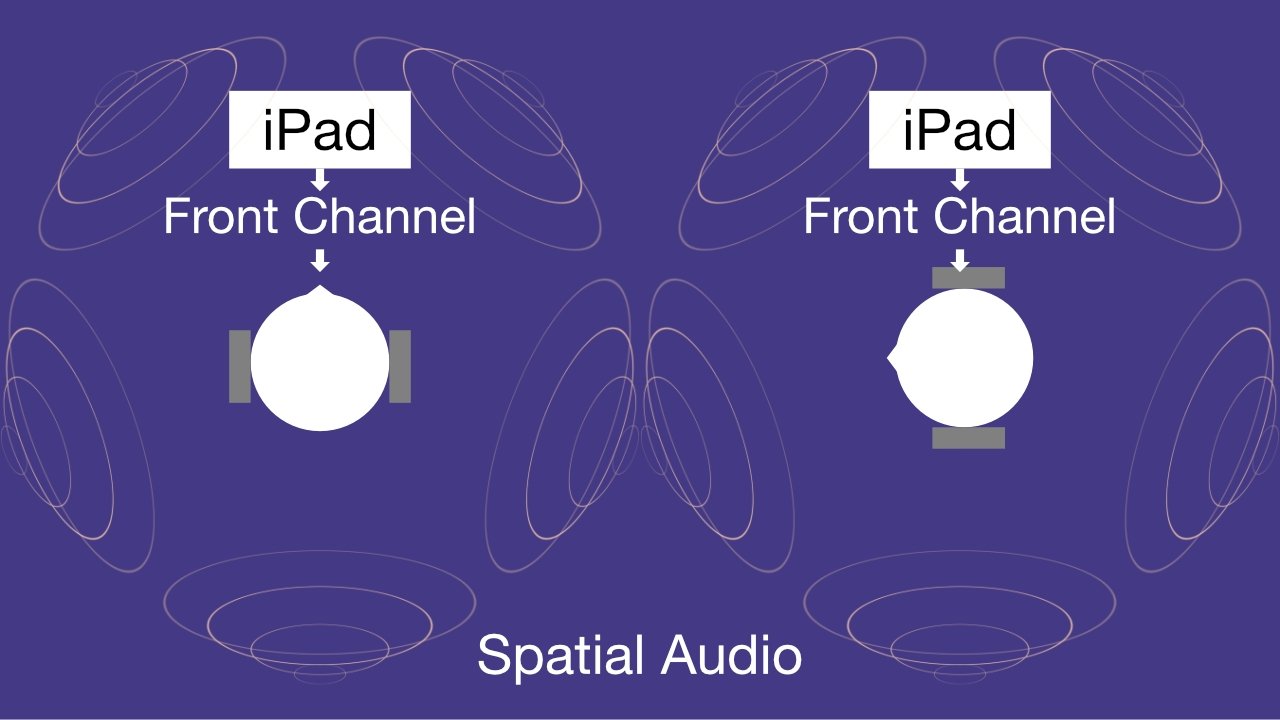
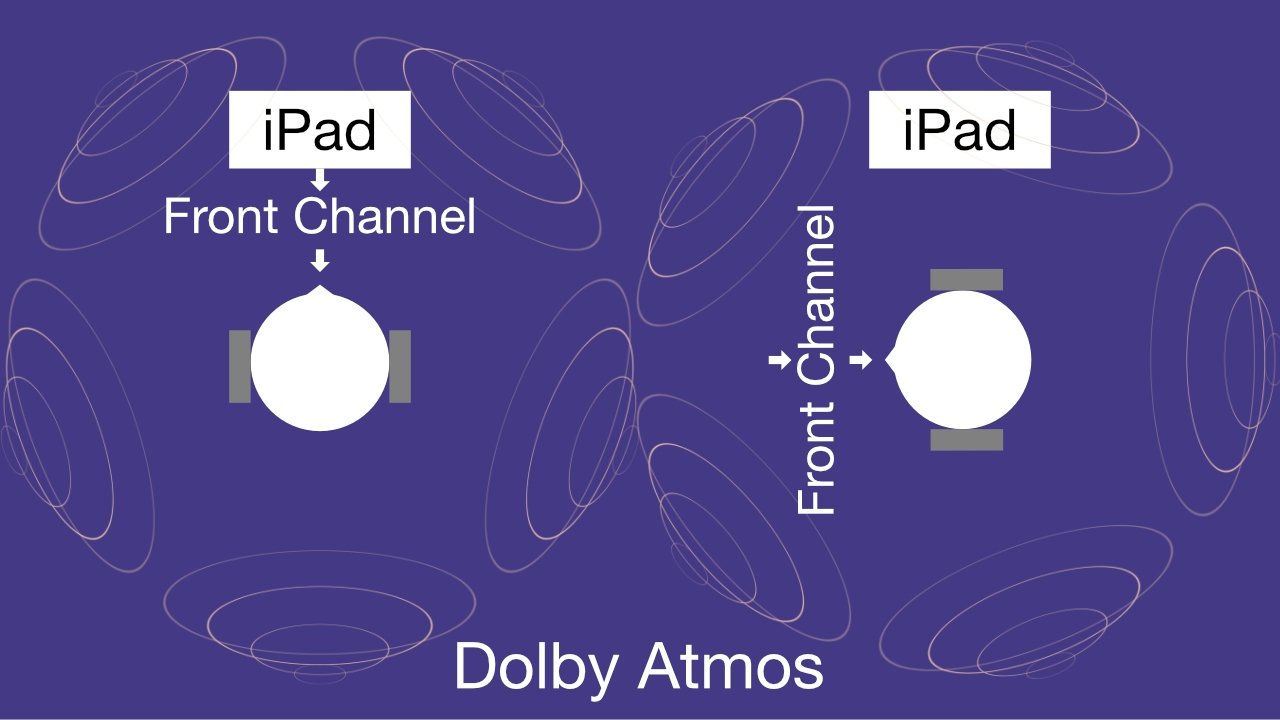
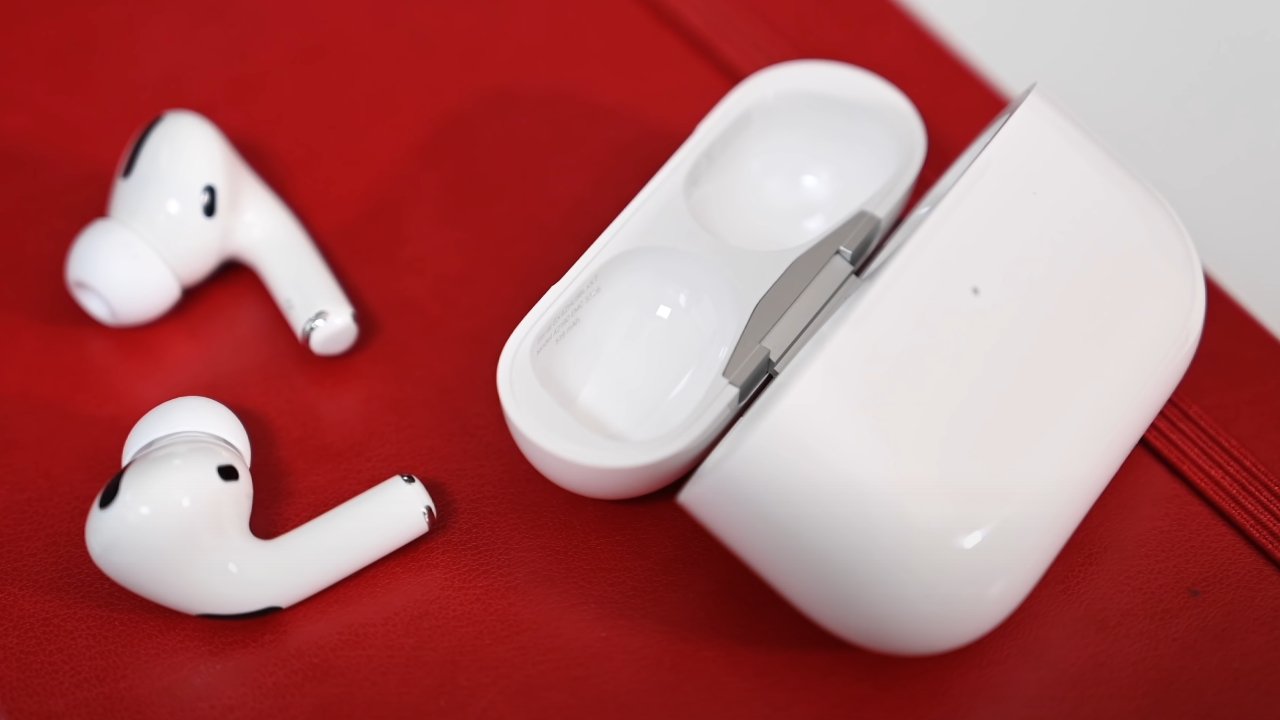

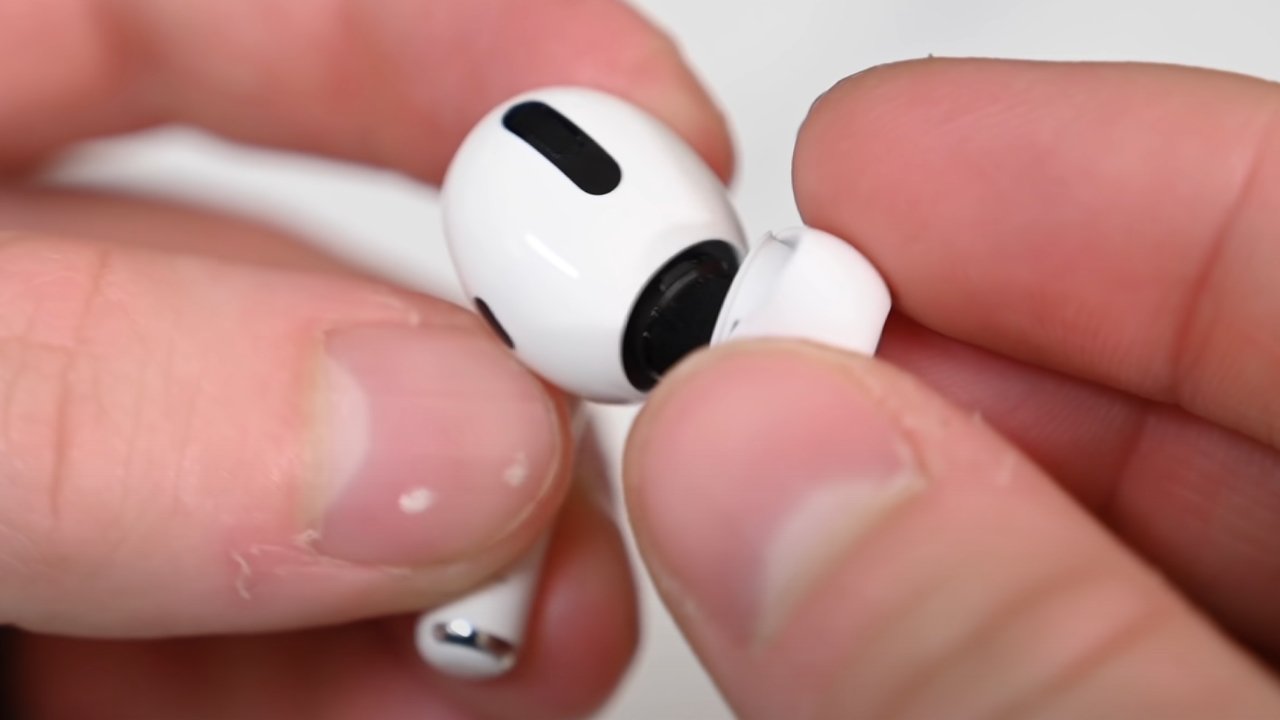
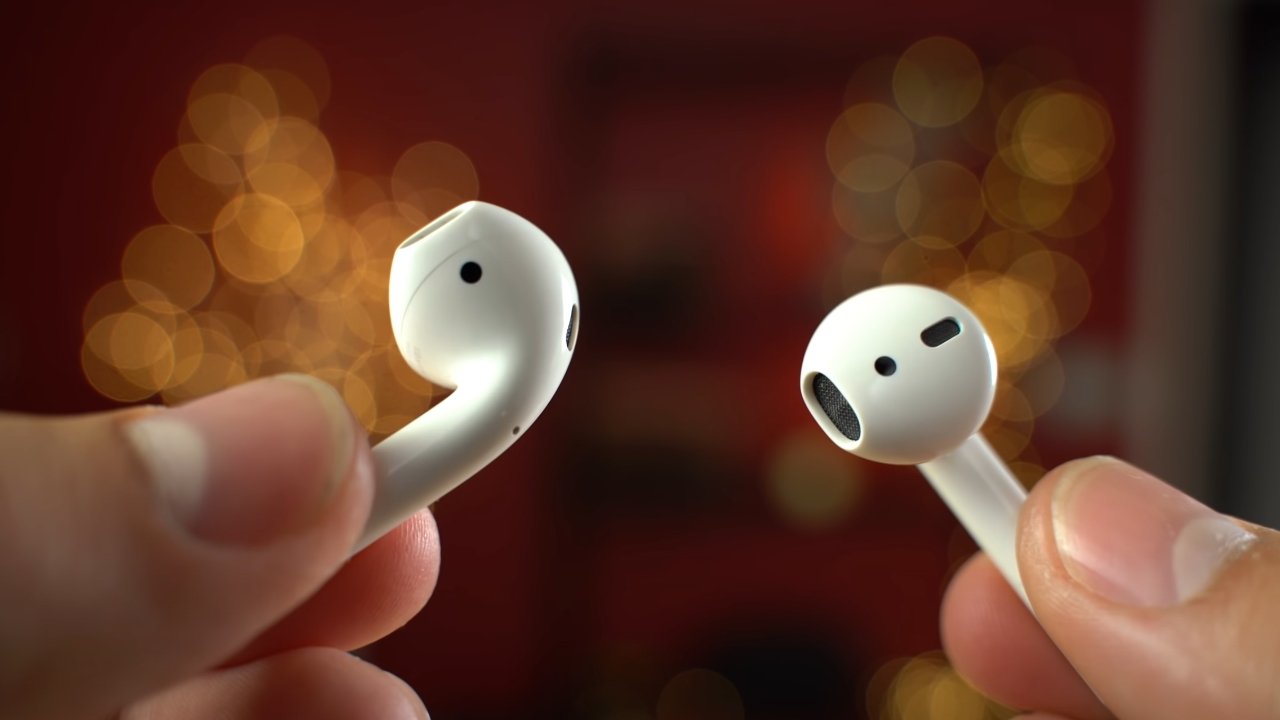
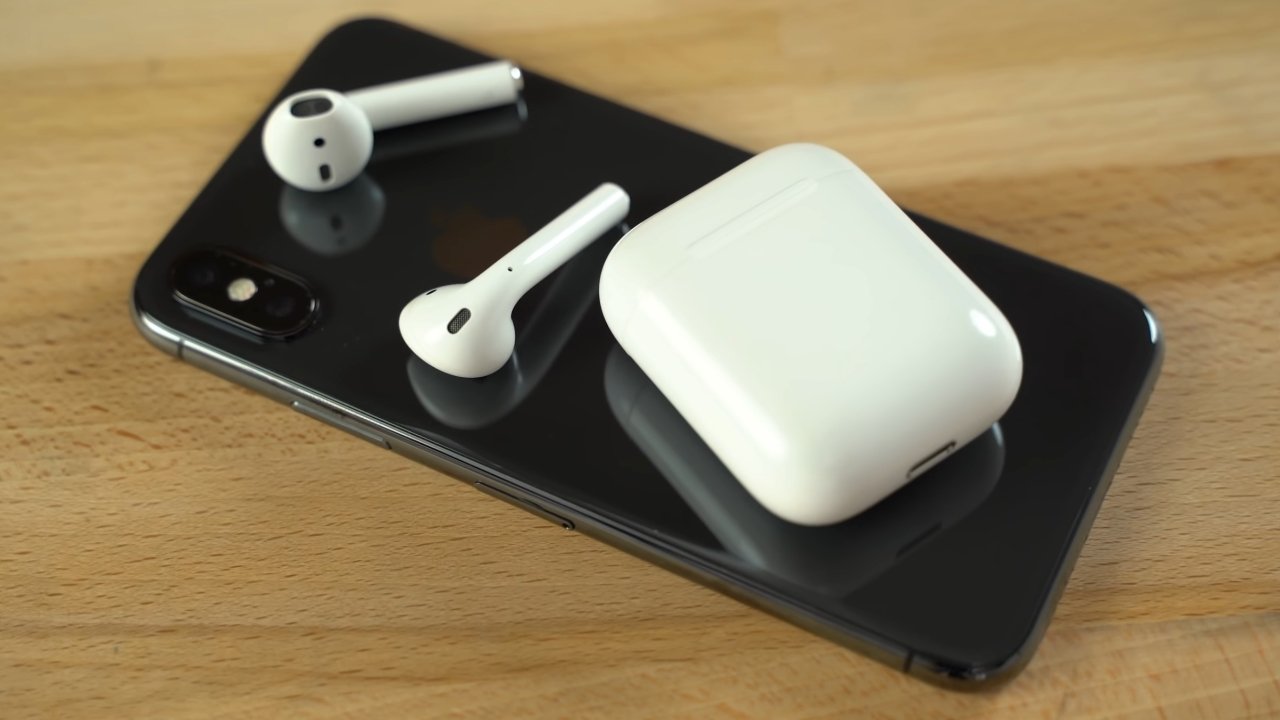
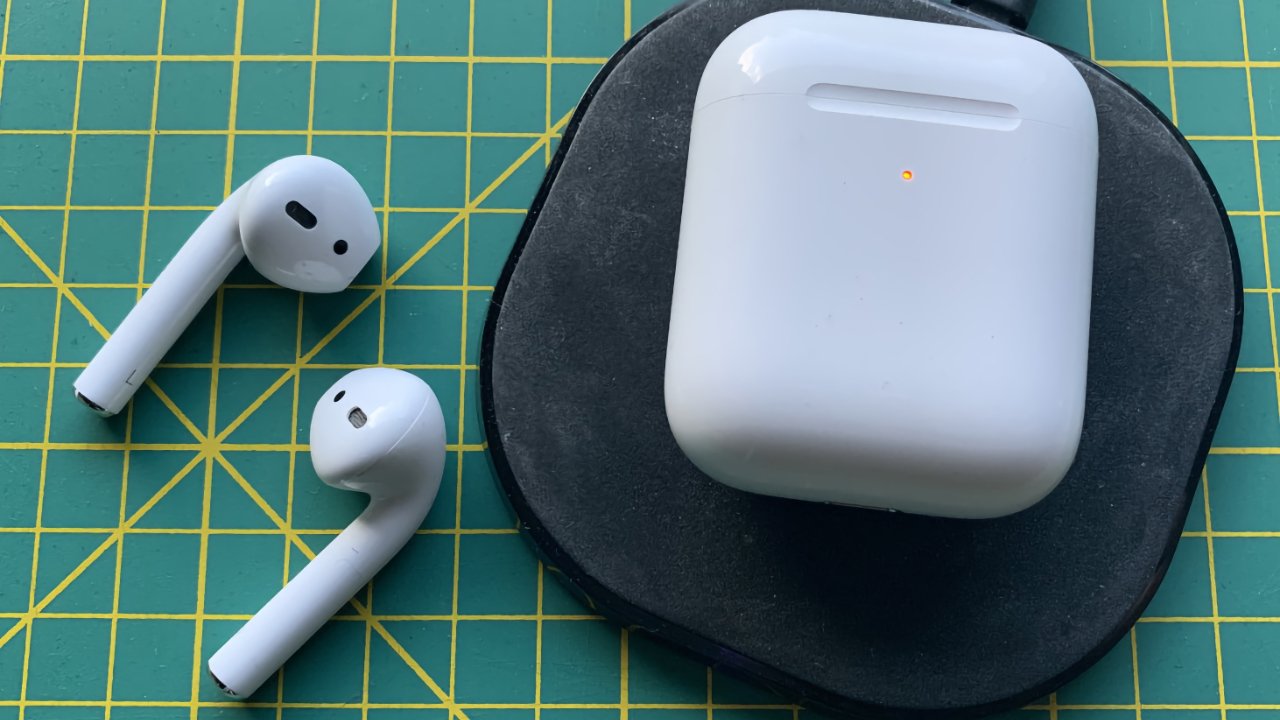
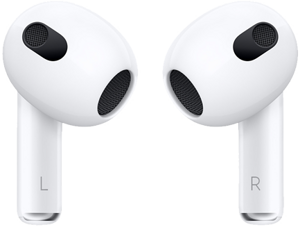

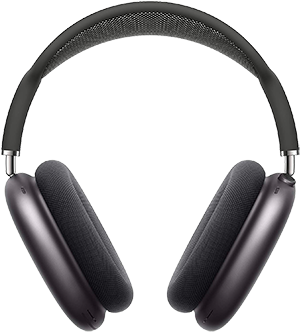

 William Gallagher and Mike Wuerthele
William Gallagher and Mike Wuerthele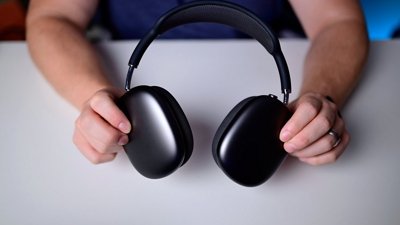
 Andrew Orr
Andrew Orr
 Marko Zivkovic
Marko Zivkovic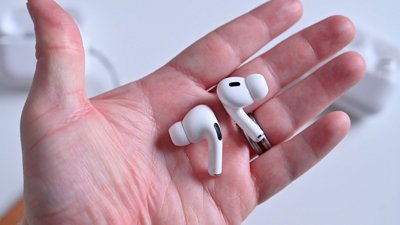
 William Gallagher
William Gallagher
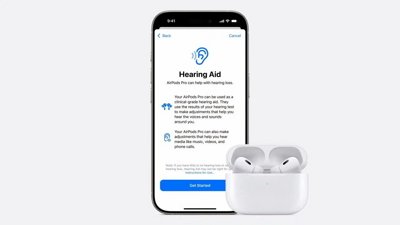
 Amber Neely
Amber Neely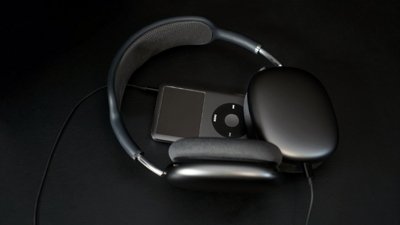
 Malcolm Owen
Malcolm Owen
 Christine McKee
Christine McKee
